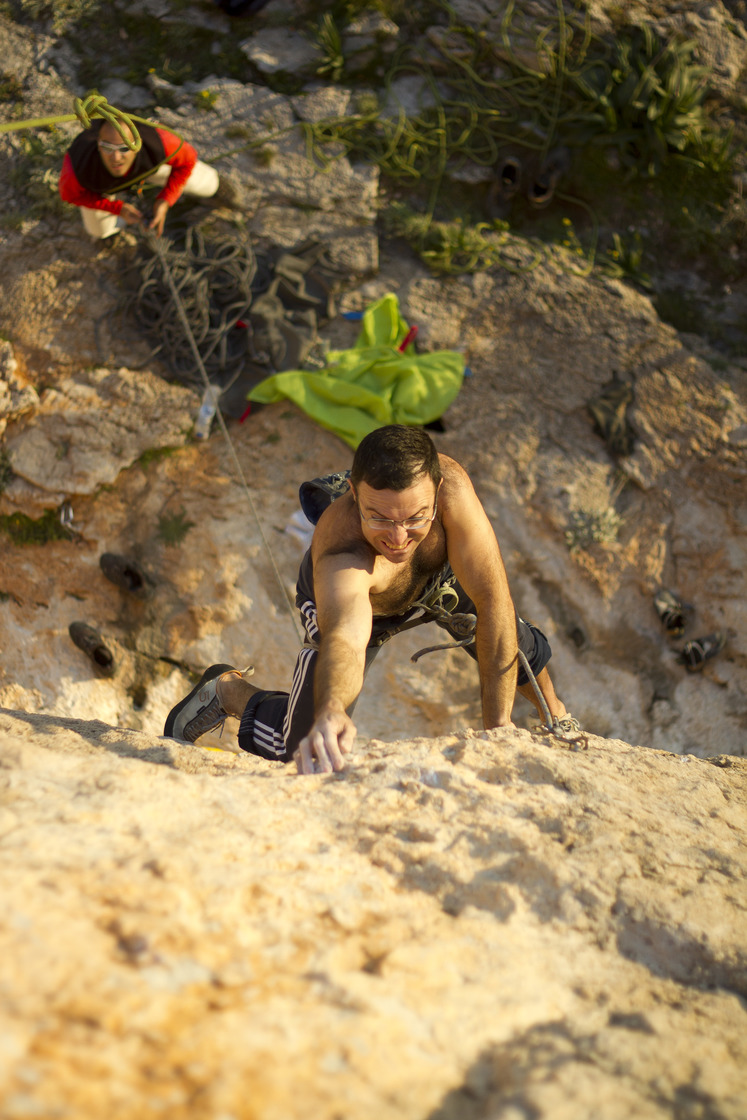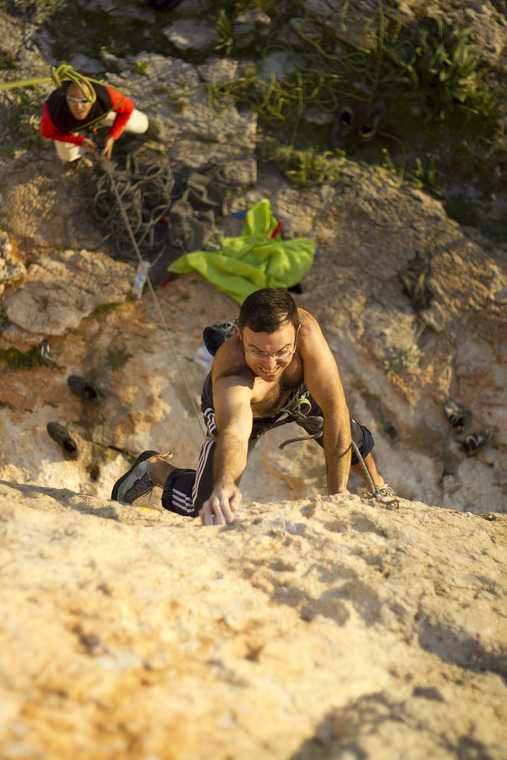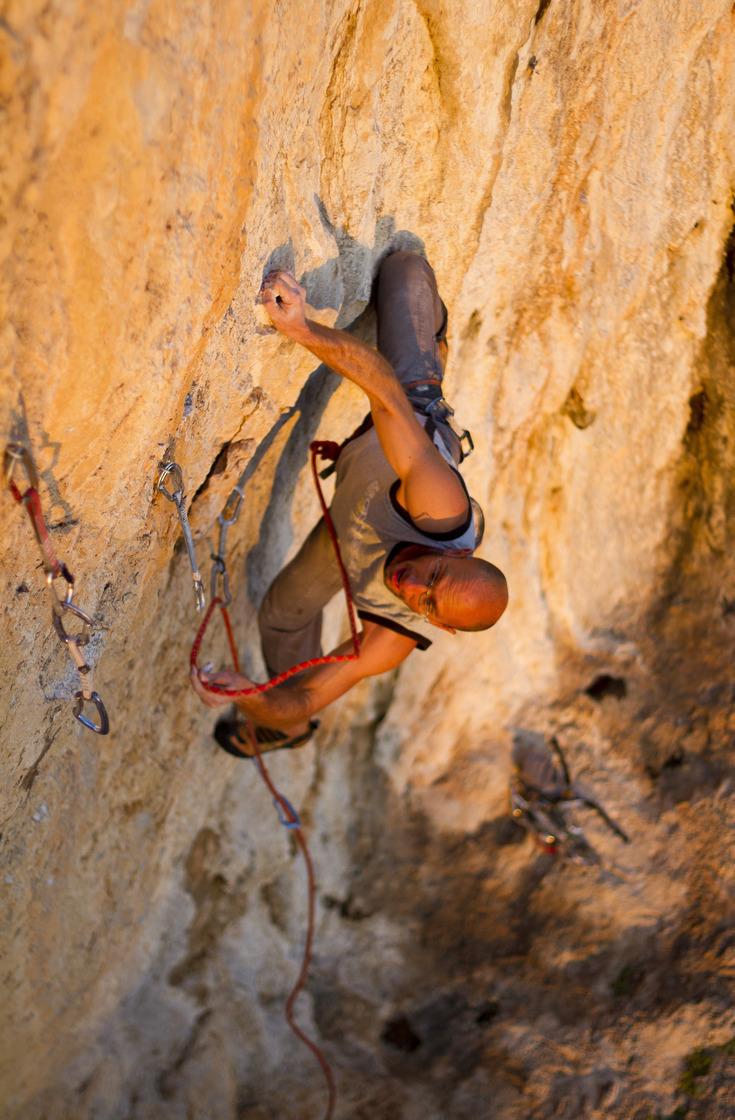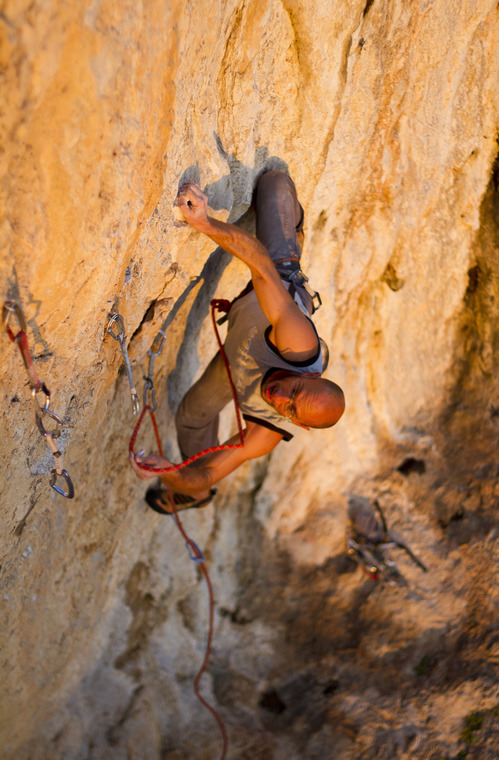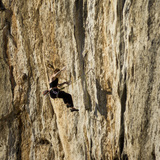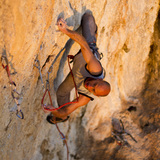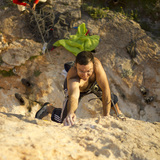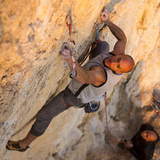Attention:
In 2013 a series of car break-ins and even a car theft have taken place on the climbers’ parking spot below the crag. The incidents have been repeated lately (2020). climbers are advised to park their car in a position visible from the crag and to frequently check for troublemakers.
------------------------------------------------------------------------------------------------
Strofes has all the elements of a first-class crag. Long routes, limestone of superb quality, elevated position with undisrupted birds-eye views, brand-new bolts and few crowds. Unfortunately, instead of overlooking the formerly iconic valley of “Thriasio Pedio” the view is now ruined by the city’s open-air landfill and the most extended industrial zone in Greece. To make things worse, “Attiki Odos” highway passes fairly close making the crag a quite noisy place at most times.
However, those not daunted by these facts can enjoy amazing exposed climbing in a spectacular location. Strofes is the kingdom of mid grades. Routes are long and pleasing but rather sharp, generally starting on big tufa features but quickly threading their way upward on crimpy vertical walls. Strofes (“Turns” in Greek) is a climber-derived name inspired by the numerous u-bends on the road passing below the crag.
